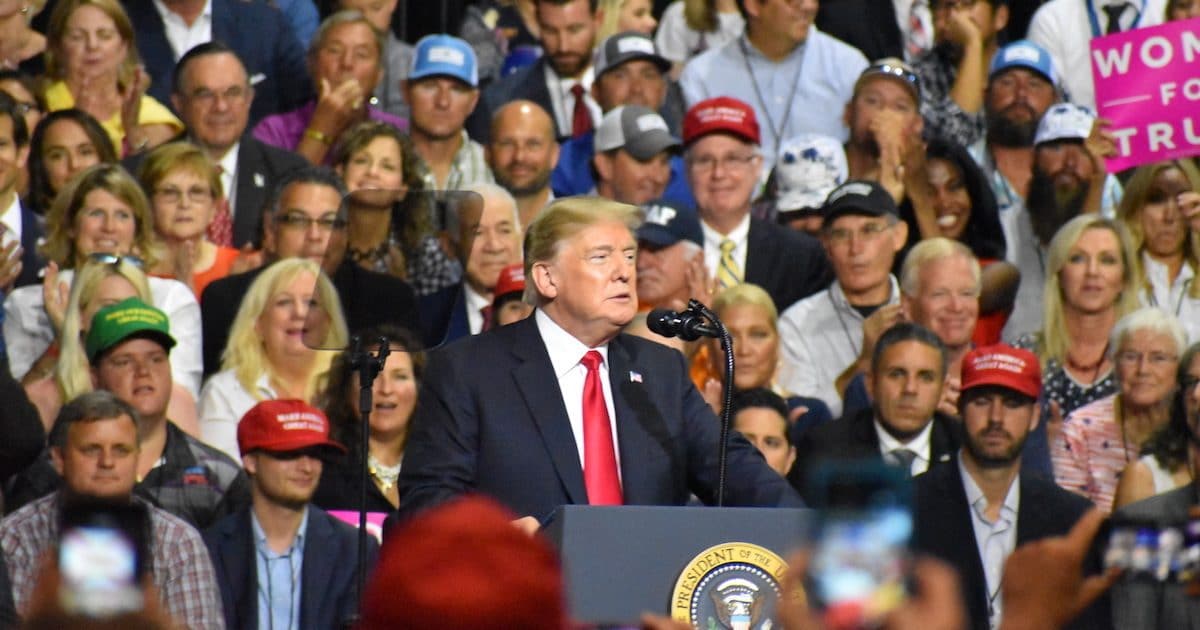

The crown jewel of President Donald Trump’s tax reform legislation — the Tax Cuts and Jobs Act — was the lower corporate tax rate.
I appeared on CNBC yesterday to debate that reform, squaring off against Jason Furman, who served as Chairman of Obama’s Council of Economic Advisers.
Here are a couple of observations on our discussion.
- Jason Furman thinks it would be crazy to raise the corporate tax rate back to 35 percent. Yes, he wants to rate to be higher, but rational folks on the left know it would be very misguided to fully undo that part of the tax plan. That signifies a permanent victory.
- Based on his comments about expensing and interest deductibility, he also seems to have a sensible view on properly and neutrally defining corporate income. These are boring and technical issues, but they have very important economic implications.
- Critics say the lower corporate rate is responsible for big increases in red ink, but it’s noteworthy that the corporate rate was reduced by 40 percent and revenue is down by only 8.7 percent (a possible Laffer-Curve effect?). Here’s the relevant chart from the latest Monthly Budget Report from the Congressional Budget Office.

- There’s a multi-factor recipe that determines prosperity, so it’s extremely unlikely that any specific reform will have a giant effect on growth, but even a small, sustained uptick in growth can be hugely beneficial for a nation.
- There’s a big difference between a pro-market Democrat like Bill Clinton and some of the extreme statists currently seeking the Democratic nomination (just like there’s a big difference between Ronald Reagan and some of today’s big-government Republicans).
- I close the discussion by explaining why “double taxation” is a profound problem with the current tax code. For all intents and purposes, we are punishing the savers and investors who generate future growth.
P.S. This wasn’t addressed in the interview, but I can’t resist pointing out that overall revenues for the current fiscal year have increased 2.2 percent, which is faster than needed to keep pace with inflation. So why has the deficit increased? Because spending has jumped by 5.8 percent. We have a spending problem in America, not a deficit problem. Fortunately, there’s a very practical solution.
P.P.S. It also wasn’t mentioned, but the other crown jewel of tax reform was the restriction on the state and local tax deduction.





